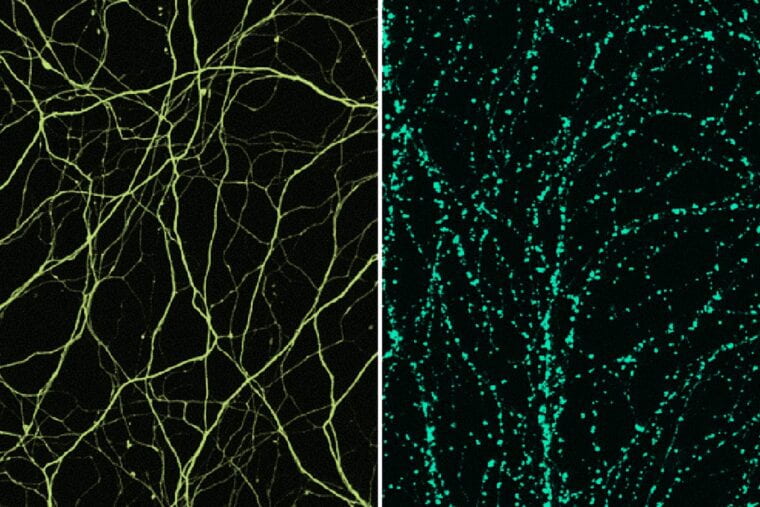Pharmaceutical maker Eli Lilly and Company has purchased Disarm Therapeutics, a startup biotechnology firm founded by researchers at Washington University School of Medicine in St. Louis. Disarm Therapeutics was co-founded by Jeffrey Milbrandt, MD, PhD, and Aaron DiAntonio, MD, PhD, to speed the development of treatments for multiple neurodegenerative conditions.
Based on research from the Milbrandt and DiAntonio labs, the researchers’ startup company was developing drugs aimed at blocking or slowing axonal degeneration, a common problem across numerous neurological disorders. Such drugs potentially could help millions of patients with debilitating nerve damage due to a variety of ailments and injuries.

“Disarm Therapeutics had reached the point in the drug development process where we either needed to raise much more funding ourselves or work with a pharmaceutical company with the infrastructure already in place to take this technology to the next level,” said Milbrandt, the James S. McDonnell Professor, head of the Department of Genetics, and executive director of the McDonnell Genome Institute at the School of Medicine.
Lilly made the acquisition, announced Thursday, Oct. 15, with an upfront payment of $135 million. If future development, regulatory and commercial milestones are met, Disarm investors may be eligible for up to $1.2 billion in additional payments.
“This is a wonderful reflection of outstanding research being done by Jeff Milbrandt and Aaron DiAntonio,” said David H. Perlmutter, MD, executive vice chancellor for medical affairs, the George and Carol Bauer Dean of the School of Medicine, and the Spencer T. and Ann W. Olin Distinguished Professor. “Washington University researchers are carrying out deeply important cutting-edge research, and the more we can help our investigators connect the dots between their basic and translational research and industry partners, the more we will be able to realize our unique potential for improving the health of our patients through novel therapies.”
He added: “The Office of Technology Management (OTM) and the entrepreneurial support available to our researchers have been key to the success of Disarm, and we are enormously proud that this exciting research program at Washington University has reached the next milestone in the journey to FDA-approved drugs that help patients with devastating neurological disorders.”
The causes of neurological disorders are numerous and diverse, but one common element among such disorders is the loss of axons — the nervous system’s wiring, responsible for zapping electrical signals from one nerve cell to another. Such axonal loss can be devastating and can lead to a wide range of disorders, from peripheral neuropathy, traumatic brain injury and glaucoma, to multiple sclerosis, amyotrophic lateral sclerosis (ALS) and Parkinson’s disease.

In recent years, Milbrandt, DiAntonio — the Alan A. and Edith L. Wolff Professor of Developmental Biology — and their colleagues have demonstrated that injured or diseased axons initiate a self-destruction program. Blocking this program provides a way to stop axonal loss, a discovery that has shown promise as a treatment for a wide variety of neurodegenerative diseases.
In 2017, scientists led by Milbrandt and DiAntonio showed that a molecule called SARM1 is the main culprit in the loss of axons in peripheral nerves following damage from a common chemotherapy drug called vincristine.
The researchers further showed that SARM1 is an enzyme — a molecule that carries out biochemical reactions. This was surprising because SARM1 belongs to a class of molecules that had, up to that point, been shown to serve as cellular scaffolds that provide support for other proteins to carry out their activities.
“No one had ever shown that this type of molecule could be an enzyme,” DiAntonio said. “So we went into our experiments assuming SARM1 was only a scaffold and that there must be some other enzyme responsible for demolition of the axon. We essentially searched for a demolition crew, only to discover that the scaffold itself is destroying the axon. It’s the last thing you would expect.”
